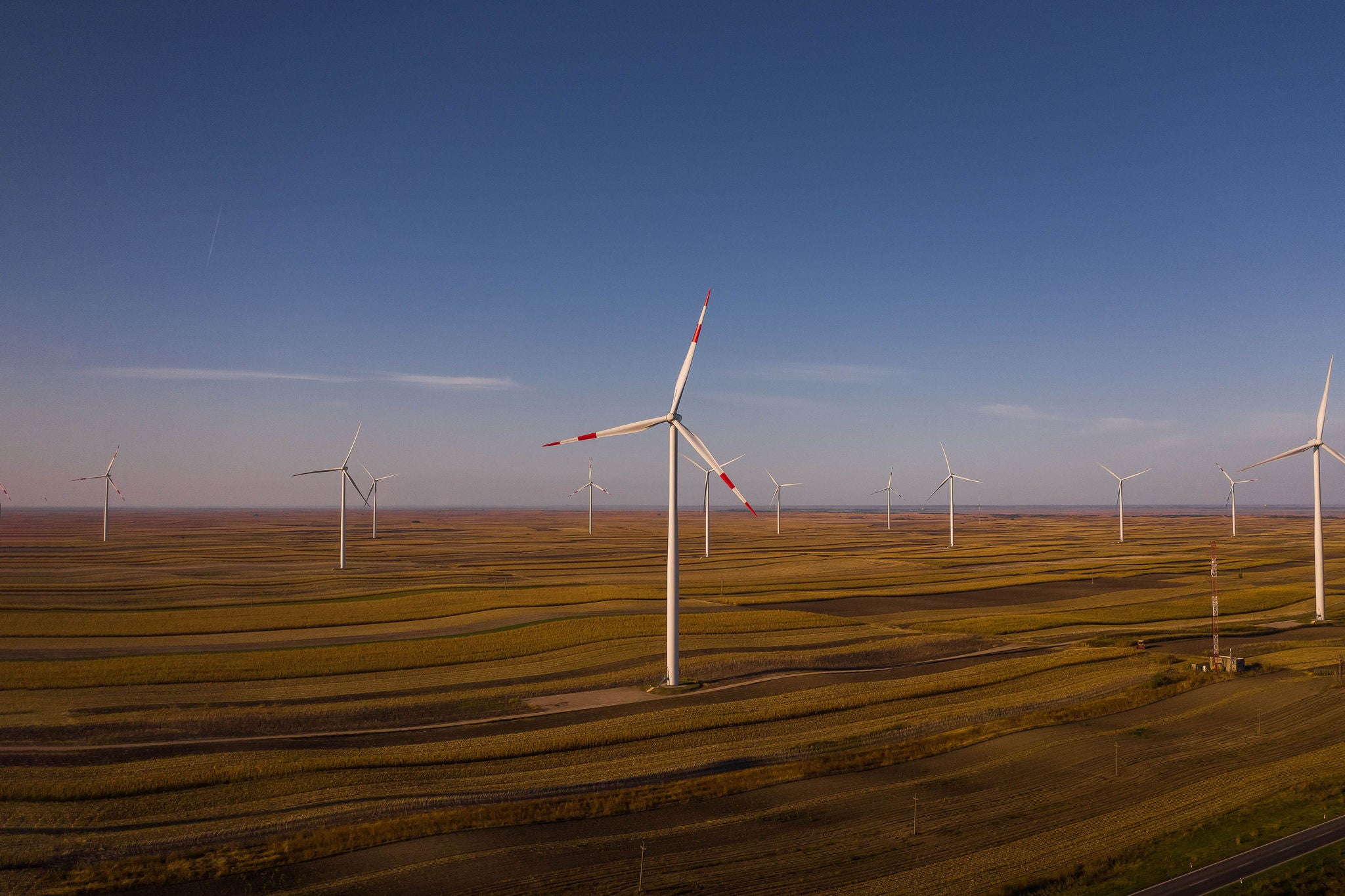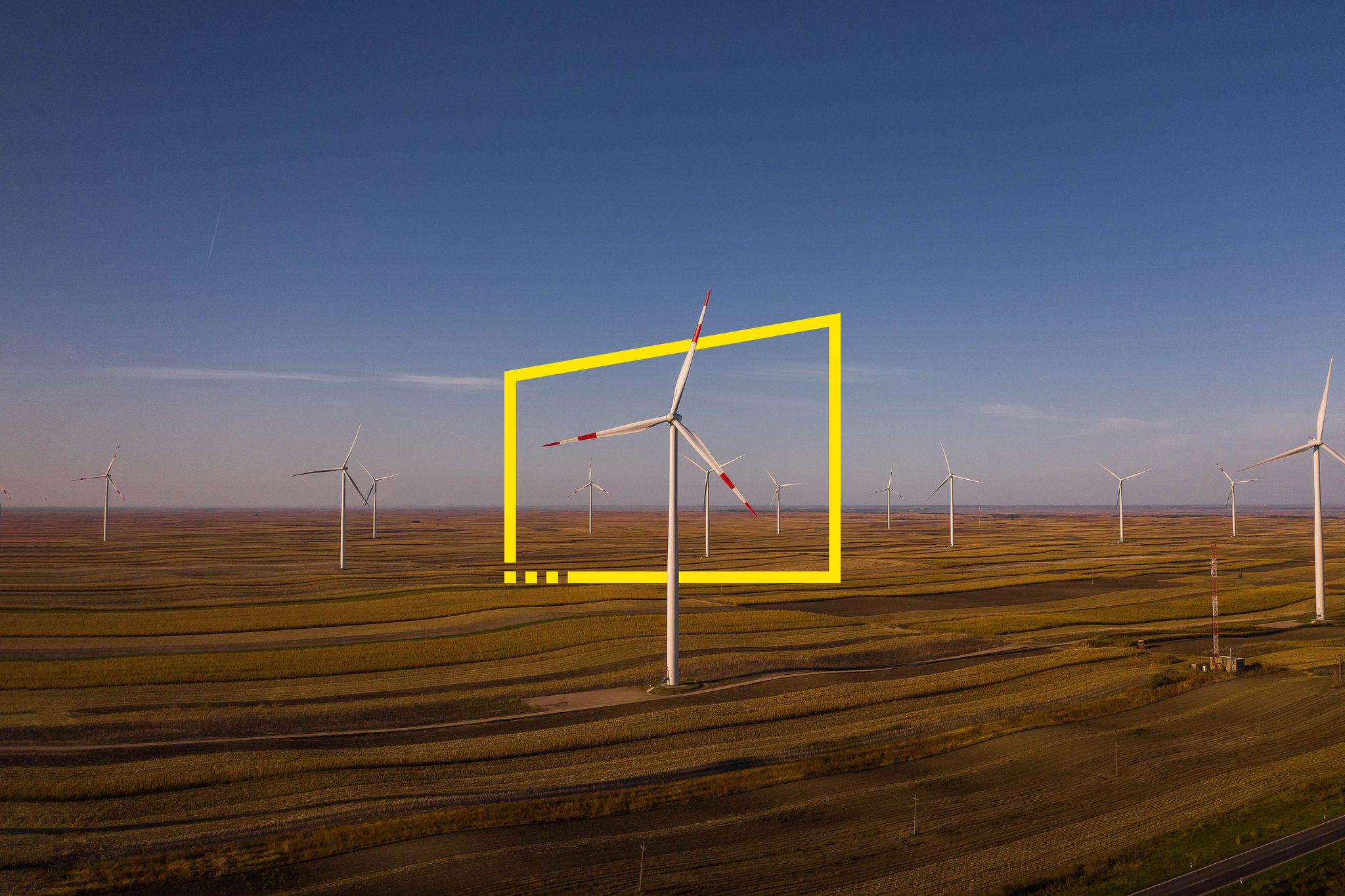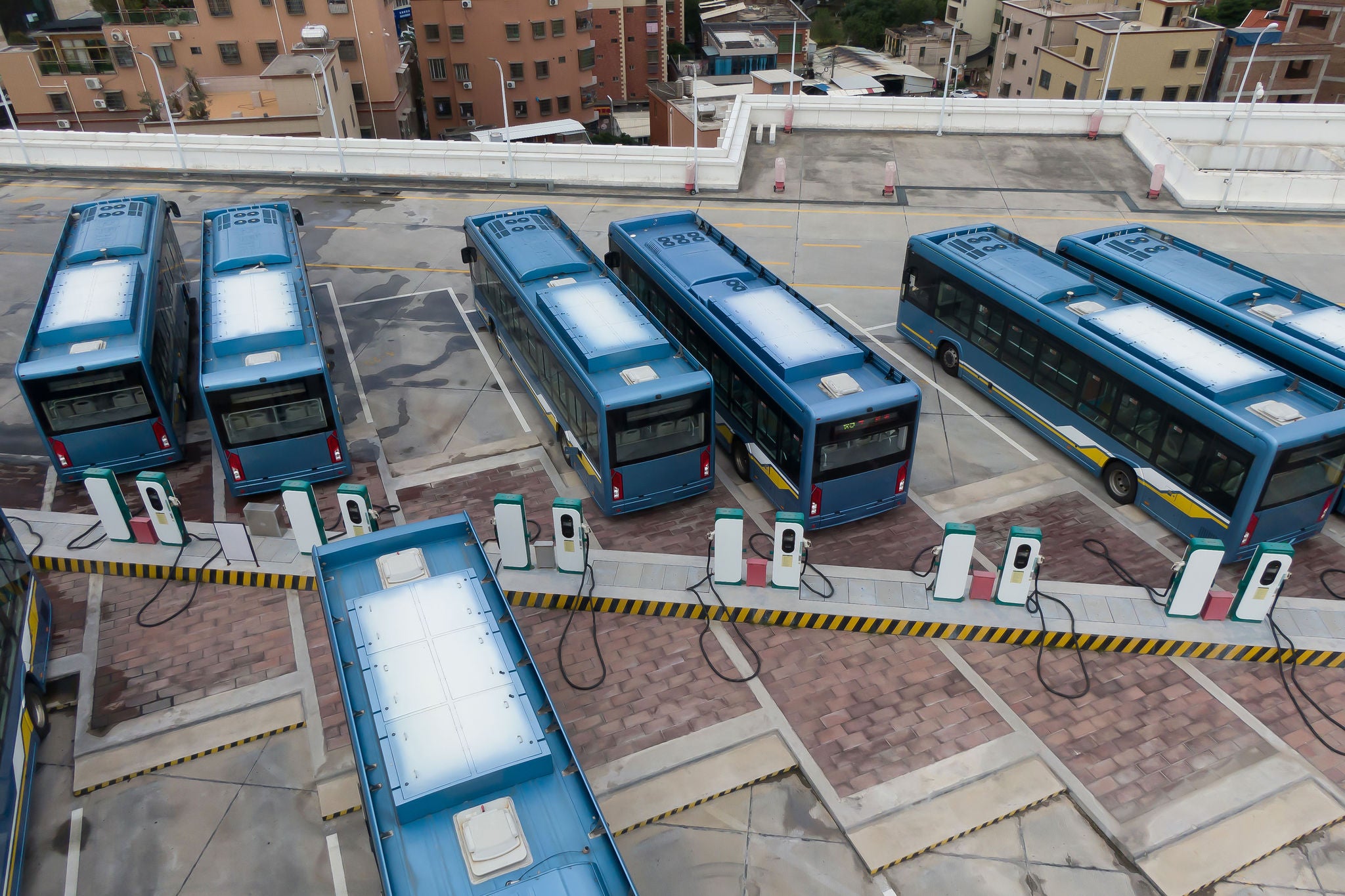EY refers to the global organization, and may refer to one or more, of the member firms of Ernst & Young Global Limited, each of which is a separate legal entity. Ernst & Young Global Limited, a UK company limited by guarantee, does not provide services to clients.
How EY can help
-
Sustainability and environment, social and governance (ESG) services that help protect and create value for business, people, society and the world, from a recognized leader in ESG and sustainability consulting. Explore the depth and breadth of EY services and solutions. Contact EY teams for more information.
Read more
Other upcoming technologies, such as sustainable fuels, connected technologies for autonomous vehicles and shared mobility, battery-powered container ships, zero-emission powertrain systems for trucks and urban air mobility, need to be commercialized and implemented on a mass scale. For example, Boeing plans to have its commercial airplanes flying on 100% sustainable aviation fuels by 2030.
To decarbonize the transport sector, governments need a coordinated policy approach at national, regional, and city levels. This approach includes managing travel demand, creating enabling infrastructure, increasing low-carbon fuel availability, and encouraging R&D for transport technologies, including battery recycling.
Construction
To address the high greenhouse gas (GHG) emissions from steel and concrete production, the construction sector is developing numerous solutions for a rapid green transition. Green hydrogen and carbon capture, utilization and storage (CCUS) can play a critical role.
The IEA projects that by 2060, CCUS needs to be installed on 21% of global crude steel production capacity.6 In October 2022 ArcelorMittal teamed with BHP, Mitsubishi Heavy Industries Engineering and Mitsubishi Development to trial carbon capture technology at its steel plants in Belgium and North America.7 Several post-combustion carbon capture projects on cement plants are also under development.
The construction sector is also innovating with alternative materials, including mass timber, a lower-emission, modular option than cement and steel. New York City recently approved cross-laminated timber for buildings up to 85 feet tall.8








